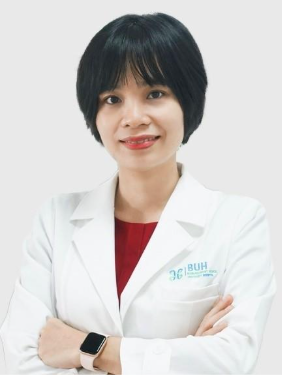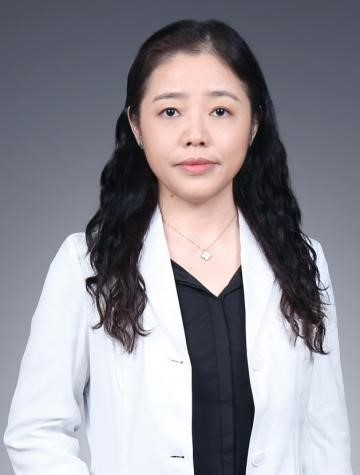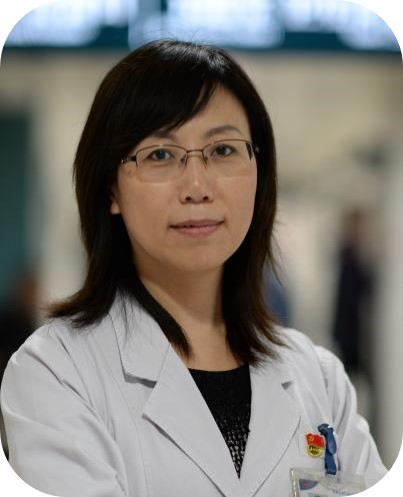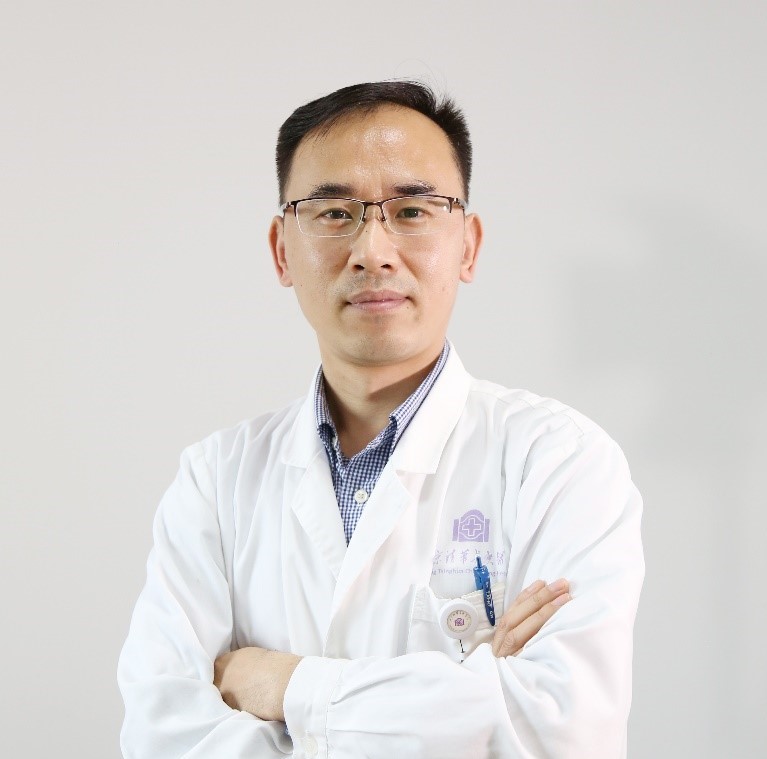Interview on diagnosis and treatment of non-tuberculous mycobacterium infection

Prof Liu Yang
Chief Physician, Institute of Antibiotics
Executive Deputy Director of Outpatient Department
Deputy Director of Medical Department
Huashan Hospital (Affiliated to Fudan University, China)
Vice Chairman of Youth Committee, Branch Society of Internal Medicine
Shanghai Medical Association, China
Q1: In recent years, there has been a significant increase in diseases associated with non-tuberculous mycobacterium (NTM) infection clinically. What do you think is the main reason?
A: There are actually two reasons. The first reason: the separation and culture technology of NTM was not mature enough in the past ten years and there was no disease without detection. Now, with the improvement of culture medium, it is easier to identify NTM. And emerging molecular biological detection techniques such as qPCR, sequencing, HPLC and so on, can also be used for rapid initial screening of NTM. The second reason: the spectrum of disease has changed in recent years. Which firstly reflects in the increased incidence among the population caused by immune deficiency, diabetes, cancer chemotherapy or serious air pollution. Secondly, the widespread use of antibiotics inhibiting common pathogens may lead to a relatively high incidence of NTM infection.
Q2: In terms of NTM infection and NTM disease nowadays, China still lacks national epidemiological survey data. What do you think are the main difficulties?
A: First, NTM has regional specificity and population specificity, which makes national sample survey difficult. Secondly, the isolation and identification culture technique of NTM cannot be carried out in some hospitals. However, according to the epidemiological survey data of tuberculosis in the past years, the NTM isolation rate increased from 4.3% in 1979, 5.3% in 1984-1985 and 4.9% in 1990 to 11.1% in 2000 and 22.9% in 2010. Which reflects the significant increase of NTM disease in China1.
Q3: What are the main categories of clinically common NTM diseases?
A: As a conditioned pathogen, NTM has similar systemic poisoning symptoms and local damages like tuberculosis after invading human body through respiratory tract, gastrointestinal tract and skin. Which causes NTM lung disease, NTM lymphnoditis, NTM skin disease, disseminated NTM disease. Among them, NTM lung disease is the most common, especially in patients with underlying lung diseases. Necrosis and cavity can be seen in the lung, which is often multiple or multilocular and invading both lungs. Histologically, there are 4 types: fibrous cavity or tuberculous type, bronchodilated type, nodular type and other types such as emphysema and atelectasis, etc2.
Q4: What are the other criteria for clinical diagnosis of NTM in addition to the imaging abnormalities you mentioned above?
A: Etiology examination and strain identification are the gold standards for the diagnosis of NTM disease. Sputum and bronchoalveolar lavage fluid (BALF), culture of necrotic tissue and secretions are the most common examination methods. (1) Sputum NTM culture was the same pathogen twice; (2) In BALF, NTM culture was positive for 1 time, with a positive degree of ++ above; (3) There was 1 positive NTM culture in BALF, and the positive degree of acid-fast bacilli smear was ++ above; (4) By bronchoscopy or other means of lung biopsy, finding histopathological features of mycobacterial disease (granulomatous inflammation or acid-fast staining positive), and NTM culture is positive; (5) Lung biopsies reveal histopathological features of mycobacterial disease (granulomatous inflammation or acid-fast staining positive), and positive sputum specimens and/or NTM culture in BALF ≥1 time2.
Q5: What are the clinically common NTM pathogens in China?
A: According to the growth rate of NTM, it is classified into fast-growing type and slow-growing type. Fast-growing type of mycobacterium can be seen visible colony within the naked eye in 3 to 5 days and most of them grow vigorously in 1 week. There are mainly sporadic mycobacterium, abscess mycobacterium, mycobacterium chelonae and so on. The growth time of slow-growing mycobacterium was more than 7 days, and the main bacteria were bird-intracellular mycobacterium complex, mycobacterium Kansas and mycobacterium marinum2. The meta-analysis showed that MAC lung disease was the most common disease in east Asia (67%), followed by fast-growing mycobacterial disease (16%)3. However, it has been reported that mycobacterium chelonae, mycobacterium golden and mycobacterium abscess are common in China4.
Q6: For the common NTM pathogens above, what are the considerations for selecting medicines for clinical treatment?
A: Treatments for different NTM pathogens are entirely different and the identification of NTM strains is the very first step in treatment. Most NTMs are resistant to commonly used antibacterial drugs. Considering that the clinical therapeutic effect of NTM is not exact, combined with drug sensitivity test results and medication history, 2~3 drug combination therapies are always selected clinically, and occasionally 4 drug combination therapy is selected. The treatment process was divided into intensive phase of 6~12 months and consolidation phase of 12~18 months. Treatment continued for more than 12 months after negative transformation of NTM culture results. The median course of treatment is 1 year, and generally it takes more than 4 years for adequate treatment. The long course of treatment is mainly due to the low toxicity of NTM and the high recurrence of NTM disease. In terms of drug combination, firstly macrocyclic lipids are the cornerstone of drug combination. Secondly, for fast-growing mycobacterium, two drugs were selected from cefoxitin, carbapenems and aminoglycosides. Thirdly, for slow-growing mycobacterium, we selected 2-3 drugs from rifamycin, ethambutol, fluoroquinolones and aminoglycoside drugs2. However, for long-term treatment of NTM disease, we should also consider the safety when selecting drugs. If clarithromycin/rifamycin/ethambutol is selected as a drug metabolized through liver, the other one will choose levofloxacin metabolized through kidney.
Q7: Finally, for NTM, please summarize the key points of clinical treatment.
A: Firstly, strengthen the awareness of choosing NTM as a diagnostic option for some chronic infections. Secondly, seek for confirmation through pathogen culture and molecular biology and other means to make accurate diagnosis. Thirdly, combine with adequate treatment to explore the best solution. Finally, adhere to the follow-up, which requires vigilance both of the physician and the patient. Follow-up also assessed safety and pharmacoeconomics in addition to efficacy.
References
- Yaojie, Shen, et al. Analysis of distribution characteristics of clinical isolates of nontuberculous mycobacteria in a general hospital [J]. Chin J Infect Dis, 2017, 35(10):580-584.
- Tuberculosis branch of Chinese medical association, Expert consensus on diagnosis and treatment of non-tuberculous mycobacterial disease[J]. Chin J Tuberc Respir, 2012, 35(8):572-580.
- Simons S, et al. Emerg Infect Dis. 2011, 17(3):343-349.
- Wang H X, Yue J, Han M, et al. Nontuberculous mycobacteria: susceptibility pattern and prevalence rate in Shanghai from 2005 to 2008[J]. Chinese Medical Journal, 2010, 123:184-187.










